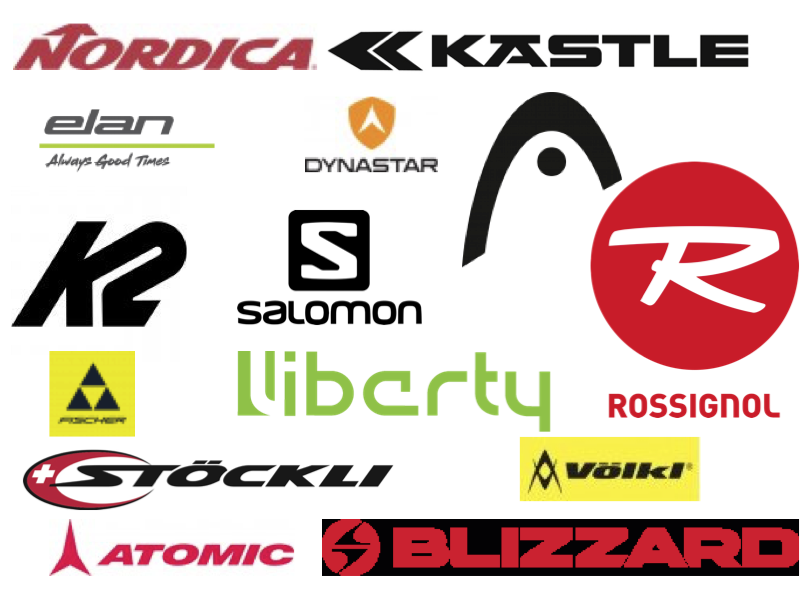We live in difficult times.
I’m not referring to the messes mankind is making on every macro level, but the state of affairs within the tiny, cloistered domain of the ski maker. In a financial marketplace that demands growth as the measure of success, squeezing more money out of an ever-shrinking world ski market requires constant innovation just to maintain sales volume.
The need to shave R&D costs has shrunk the product development cycle down to eighteen months, partly due to advances in computer-assisted design and prototype creation. The force fueling this frenetic pace of model turnover is, of course, sales. New models oblige shops to buy more than they would to fill in around a returning model, entice consumers to buy and attract fawning press.
The urgency to innovate engenders a high rate of model turnover that easily outstrips the pace of consumer consumption. A product line will flip three times between ski purchases by the typical American skier.
The incessant tide of product renewal would make more sense if each step up in quality were matched by an upward price adjustment. But ski (and boot) prices have barely budged since the aughties. When rising costs simply can’t be swallowed anymore, suppliers usually raise the street price by only $50, an insignificant bump in the era of $150-day lift tickets.
If you break down the ski market by category, you’ll note the actual sale prices are nearly identical, brand-to-brand. This would have the whiff of collusion were it not for the fact that this apparent pricing conspiracy, instead of fattening corporate profits, has flattened them.
Faced with a declining market, increased costs and a de facto price ceiling, ski makers have pursued every avenue to help manage costs. Production has moved from the U.S. and western Europe to lower-cost countries like Ukraine, Poland, Romania, Estonia and China. Marketing budgets have been trimmed to the bone. Limited staff is already stretched trying to do more with less. Any new designs have to make cost efficiency a top priority.
Hold that thought while we pause to see today’s ski world from the avid skiers’ perspective. With all the Epic, Ikon and Mountain Collective season passholders swarming their member resorts every holiday and weekend, it’s hard to imagine where we would fit any new skiers were we lucky enough to mint a few thousand new ones.
If skier participation is epically high, why aren’t the major ski manufacturers reaping the rewards? One obvious drain on ski sales growth has been the rise of snowboarding, but the cratering of entry-level sales and the conversion of many high-end sales into demos and rentals in lieu of ownership have had at least as deleterious an effect on ski sales as boarding.
Another factor that has siphoned sales away from mainstream suppliers is the plethora of so-called “garage” or “microbrew” brands. While for skiers the dozens of small-batch producers represent an expanded universe of choices, their cumulative impact registers as fewer sales to the major brands in the high-end market where most profits are made.
By this juncture in the narrative, the Alert Reader may well be wondering, why should I care if it’s tough to make a buck in the ski biz? Because when margins get squeezed, brands face difficult choices. At some point, this can affect where and how they make skis.
If you’re a prospective ski buyer, you should learn about the brands behind the models that intrigue you. Once you understand the brand, you’ll have better insight as to whether its strengths play to your interests.
Subscribers to Realskiers.com will find an historical overview as well as a 2020 season update of all major brands, posted under Brand Profiles. Here’s a link to a sample: Blizzard Brand Profile.
Brand Profiles are just one of several valuable benefits to membership in Realskiers.com. Membership benefits include direct, one-on-one consultation with Jackson, the world’s most respected authority in the arcane art of matching ski to skier. I look forward to hearing from you.
